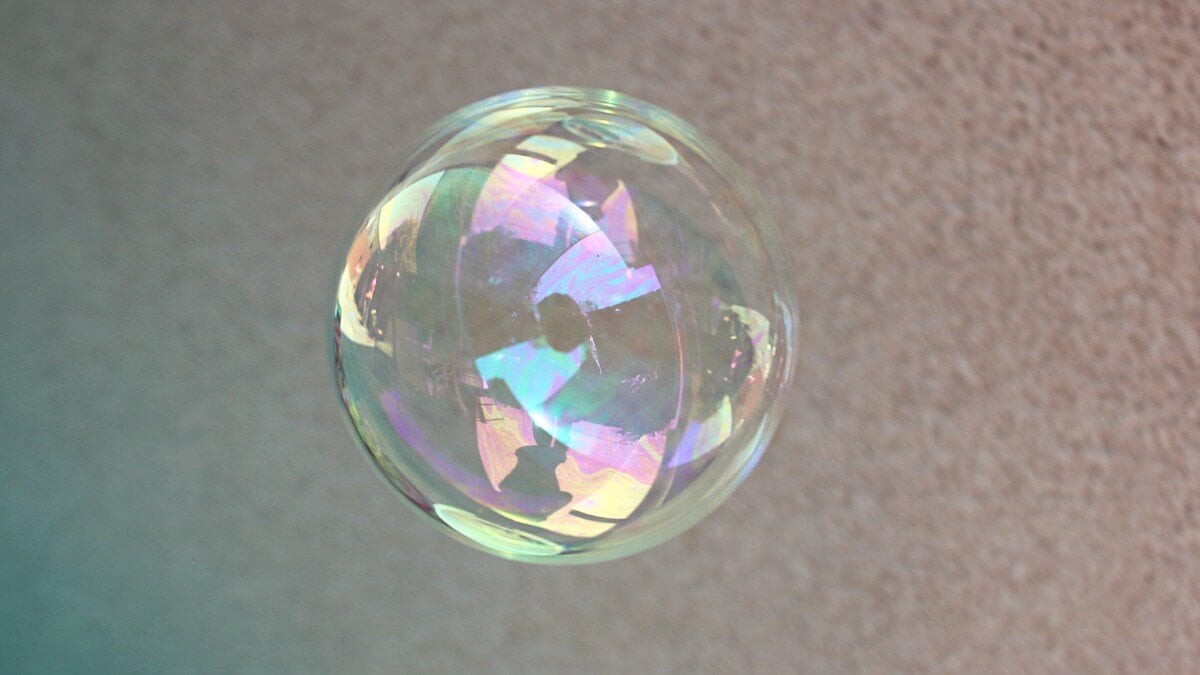
Home » The Bubble: Comparing the Concerns of Yesterday and Today

This year, I’m going to forget the usual year in review. I am going to look back at past decades for comparison with what people are concerned about today. I did touch upon this last month, and one thing that people have been questioning is whether or not our dogs are less healthy than they used to be. Although there may be individual breeds which are having a high incidence of problems that are peculiar to that breed, this should not be interpreted as affecting all dogs. We have to take into account that today we have better ways to diagnose more diseases, many of which were not yet identified in previous decades.
I have been looking back at my own history as an owner and a breeder, and what I learned from the people who came before me. When I started showing and breeding dogs back in the UK, we did have the benefit of senior breeders with decades of experience who were willing to share their knowledge. Back then, expectations were different. Natural breedings were the way it was done, and people who planned on becoming breeders learned how this could be accomplished. I never heard of people using AI until many years later. Whelping was also expected to happen naturally without veterinary intervention, which was rare. If a bitch needed a C-section, and if she survived, she would never have been bred from again. If there were any breeds where sections were routine, I was unaware of them. Anesthesia back then was having a horse-sized syringe loaded with a barbiturate strapped to a foreleg, and only used in an emergency.
Bitches that failed to conceive would be retired without having any litters. The idea of taking one to a specialist vet for help in getting a litter would have been considered laughable. In later years, with improvements in anesthesia and diagnosis, a bitch that developed pyometra would be spayed and never bred from. Time passed, and people would have them treated and bred from on their next season under the guidance of a repro vet—without questioning why they developed pyo in the first place. Will their daughters inherit the same risk?
One thing that stands out from that time is how breeders looked for healthy females that produced healthy puppies, and any sign of weakness would be eliminated from being bred from. Easy keepers that could eat dog food from a bag one week and raw green tripe picked up off the slaughterhouse floor the next without having an upset stomach.
People have questioned the effect of flea and tick medications, but those in use today are thoroughly researched and subject to recall if any problems arise. When I look back on some things that we used in the past, it amazes me – gamma BHC, for example. How “we” (not the dogs) survived, I don’t know.
Before WWII there were no vaccines for dogs, and distemper was the killer. Whole litters could die if they lacked maternal immunity or had a weakened immune system. We now have safe vaccines, although there are still veterinarians who promote unnecessary annual vaccinations and over-vaccination.
Cancer – this is a big question, but it affects so many different breeds in different ways that unless a specific breed has clusters of the same type of cancer, it is likely to have an environmental cause. Those breeds which seem to be at greater risk can, and should, take advantage of modern advances in molecular genetics. For the rest of us, our dogs are assaulted by herbicides such as glyphosate, used in agriculture, and 2,4-D from bags of lawn care products found at any garden center, building supply, or supermarket parking lot in the spring. I lost a bitch to lymphoma, and blamed it on the fact that the house I lived in had fields on three sides where they were growing corn and soybeans for animal feed—and where they sprayed with Roundup/glyphosate.
Another thing that comes to mind is—plastic! Whelping boxes used to be made of wood, now they use man-made materials. Infant puppies now have indoor playpens filled with multi-color plastic toys for “enrichment.” We are now hearing a lot about the risks of microplastics to our own health, and this must affect dogs too. Some plastics are known to be hormone disruptors. Is it wise to have all the little needle teeth of a baby puppy chewing on these toys?
I was reading an article the other day saying that it was commonplace to x-ray pregnant women during the mid-to-late 19th century to see the position of the fetus. Then in the 1950s, Dr. Alice Stewart surveyed babies that had been x-rayed in utero and found that they were twice as likely to develop cancer later in life. The same could apply to dogs – and what about their daughters?
The continuing drop in breed numbers is another issue. When breeders are forced to breed less often, whether by local laws and zoning or peer pressure, when faced with a possibly heritable issue they may have to decide on breeding on from what they have or quit.
I do not think there can be any one simple answer to these concerns, as they will vary from breed to breed. There will not only be the actual health issues but also the actions and attitudes of the people in the different breeds and their parent clubs. Some are very diligent and have taken advantage of the scientific advantages of breed-specific DNA testing – others have not. It is also hard for the average person to differentiate between fact and scare mongering. There are many online sites out there that offer general breed information, some of which list so many defects and diseases per breed that one wonders if those breeds have any unaffected dogs at all.
I do not have the answers, but I think every parent club needs to take the responsibility of looking at their own breed in depth and try not to let breed politics or competitive jealousy get in the way.
